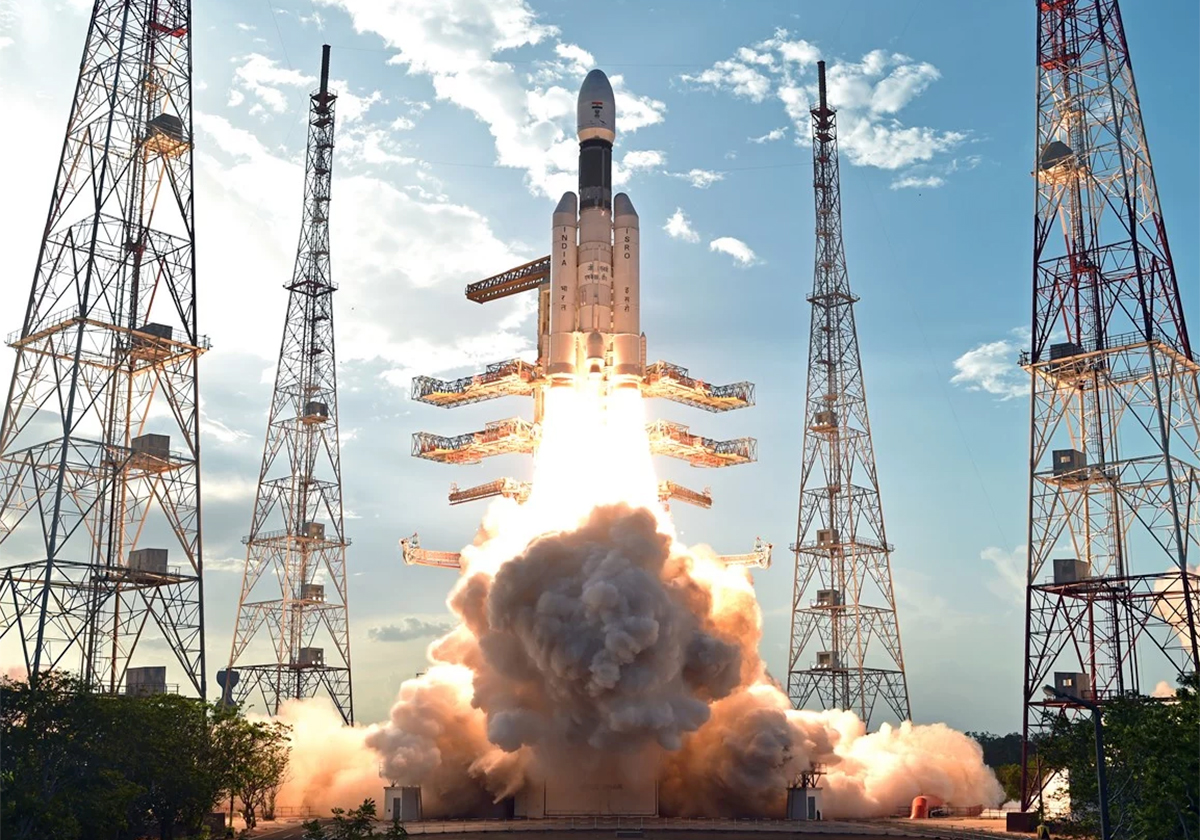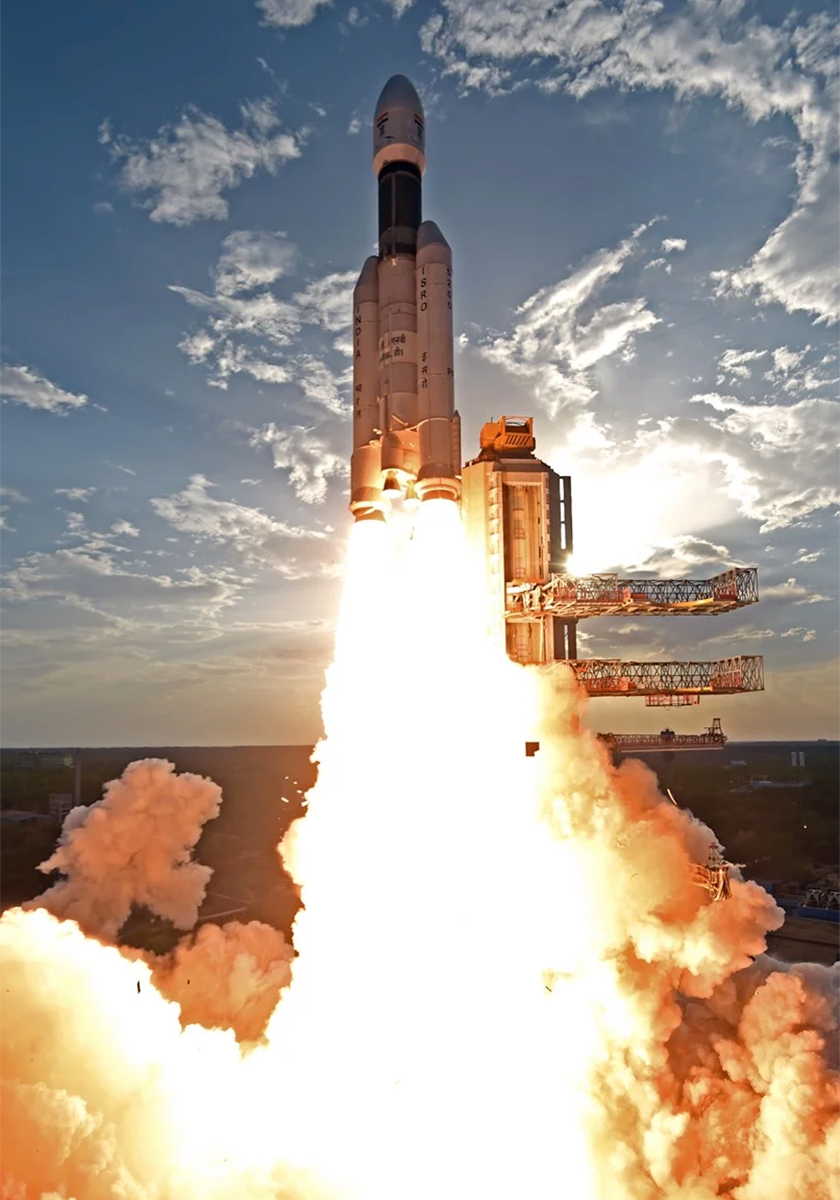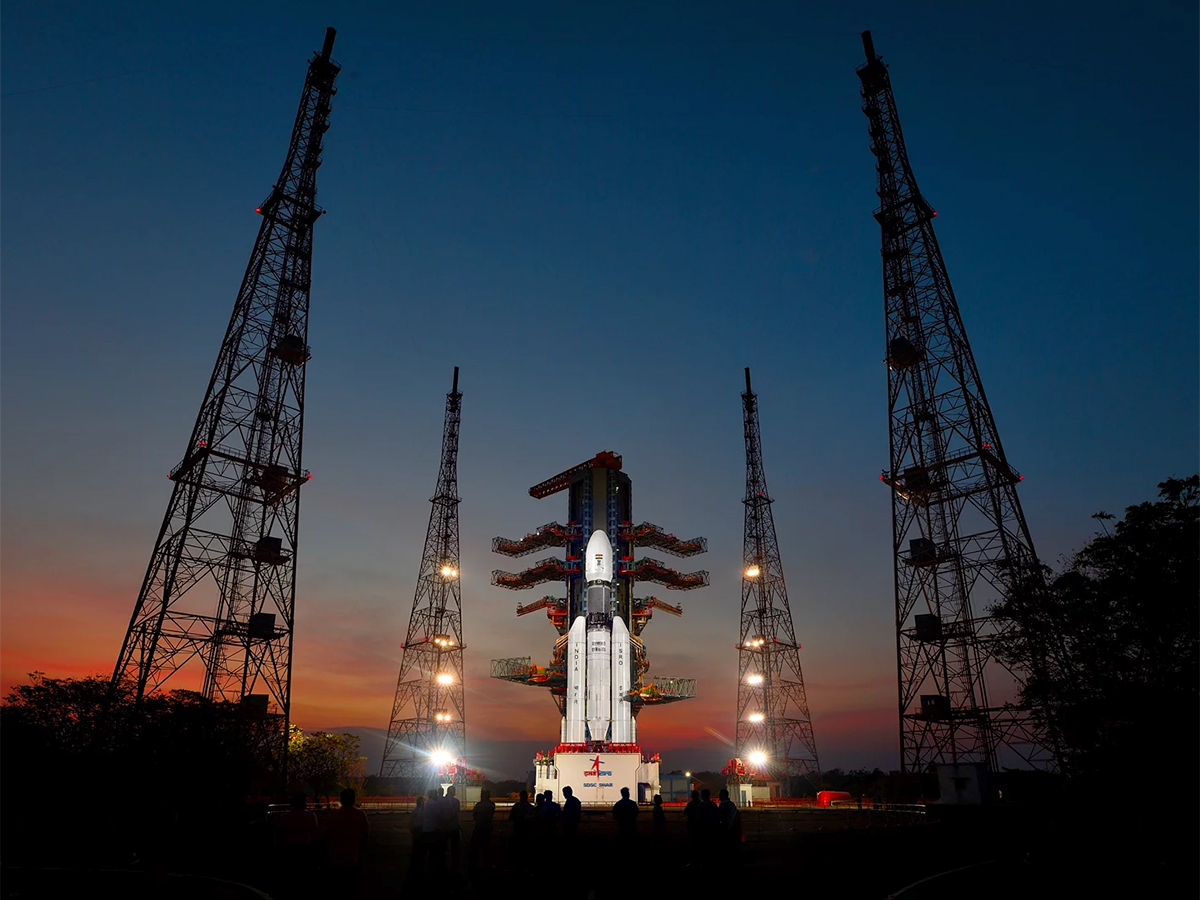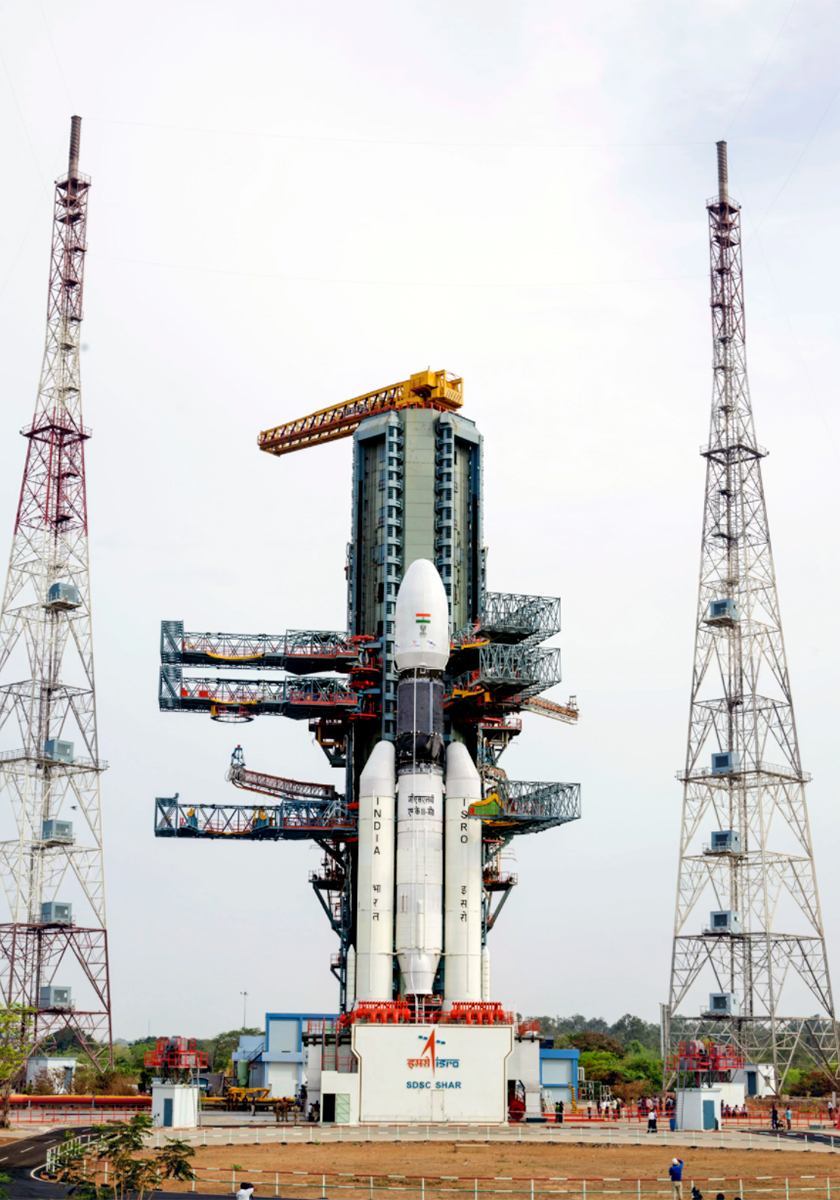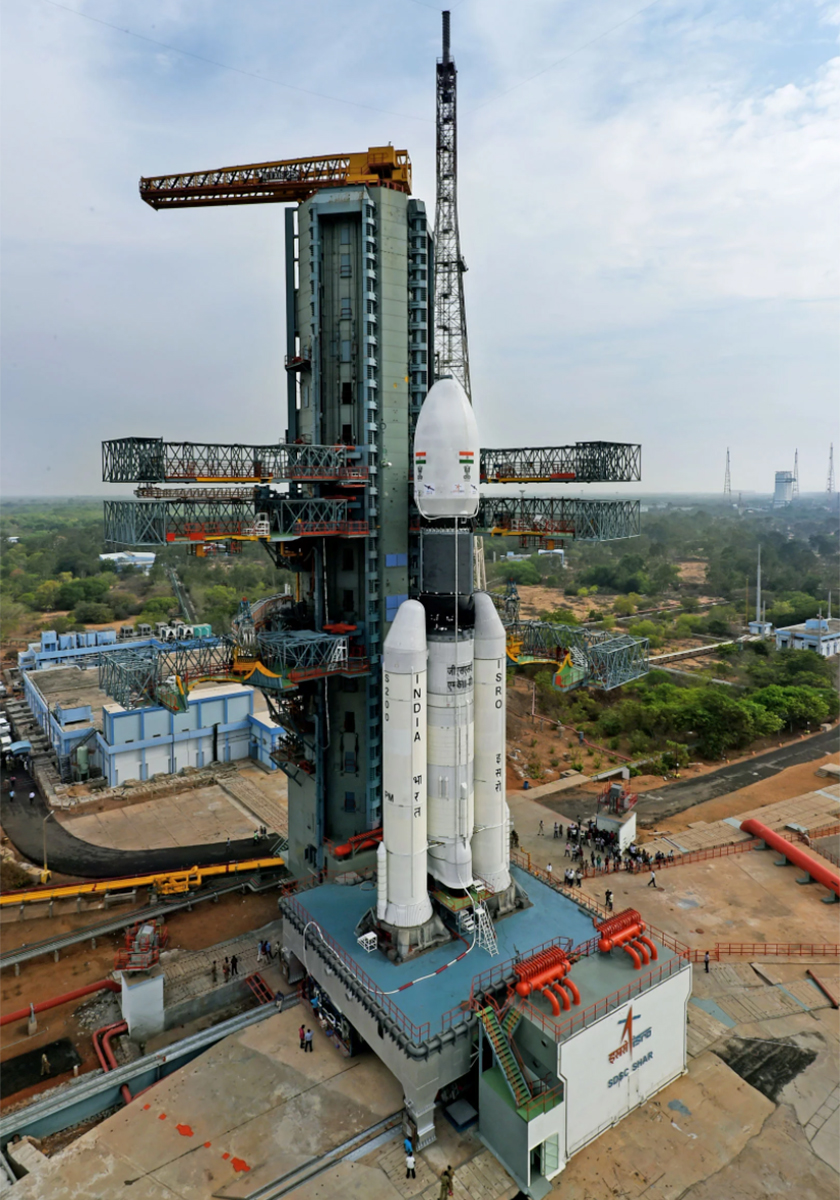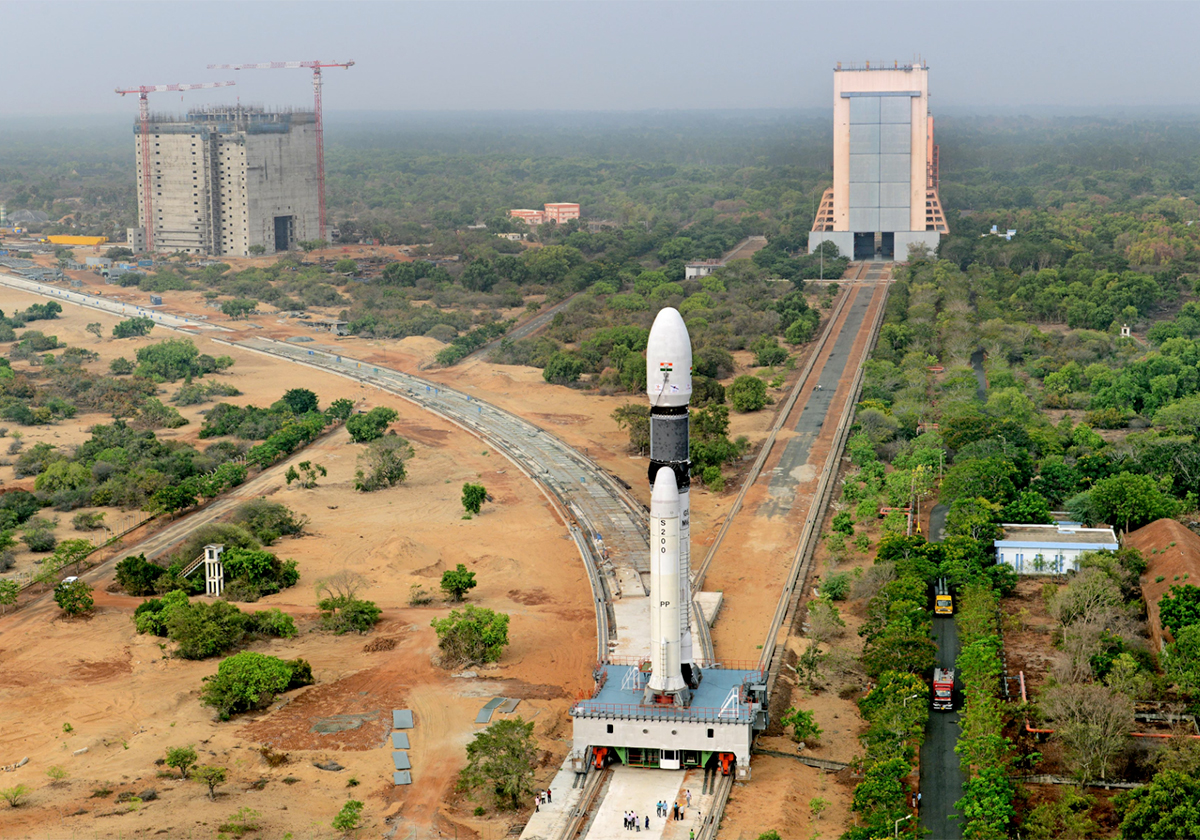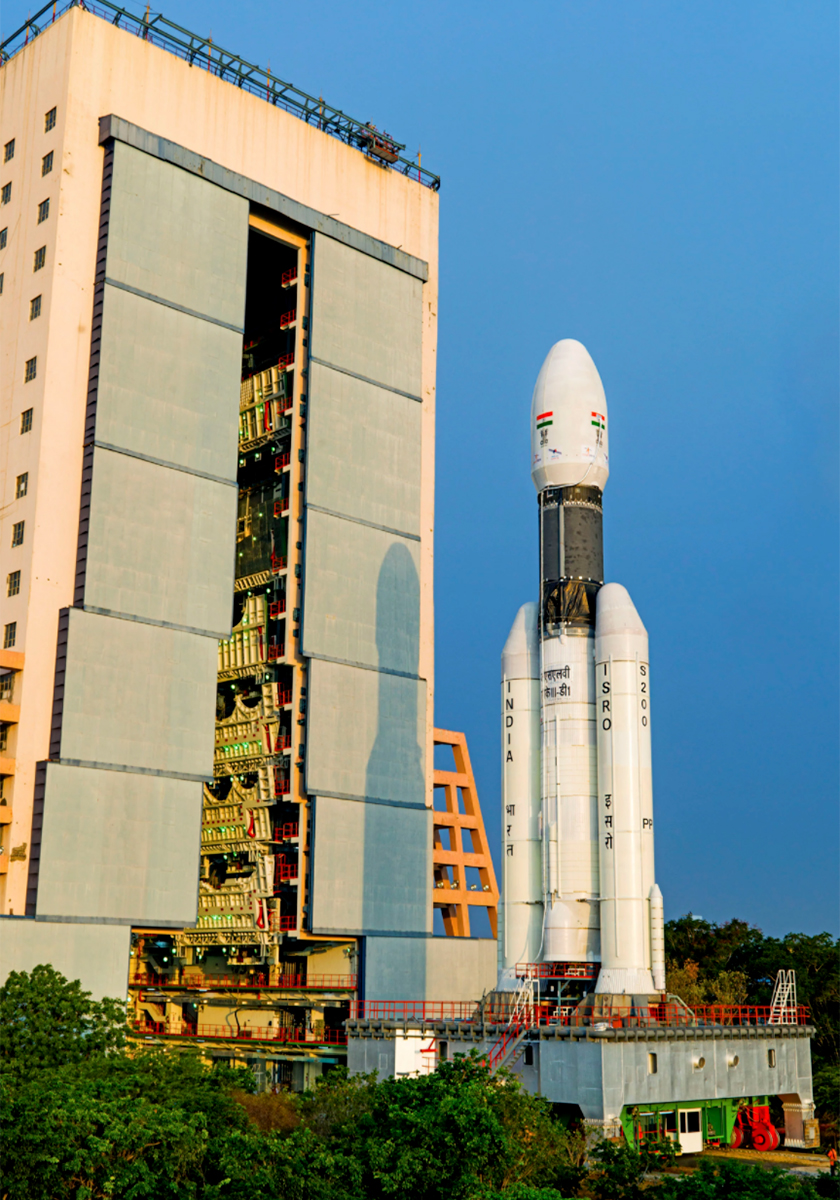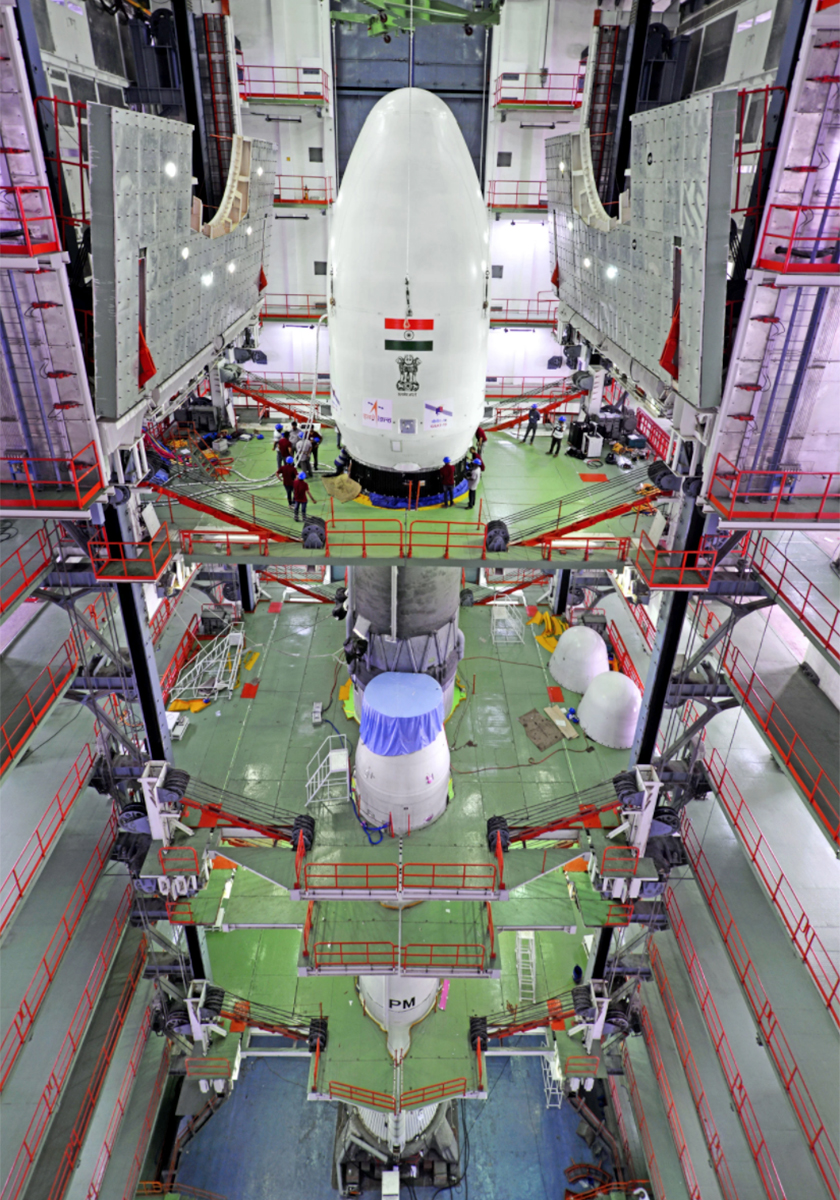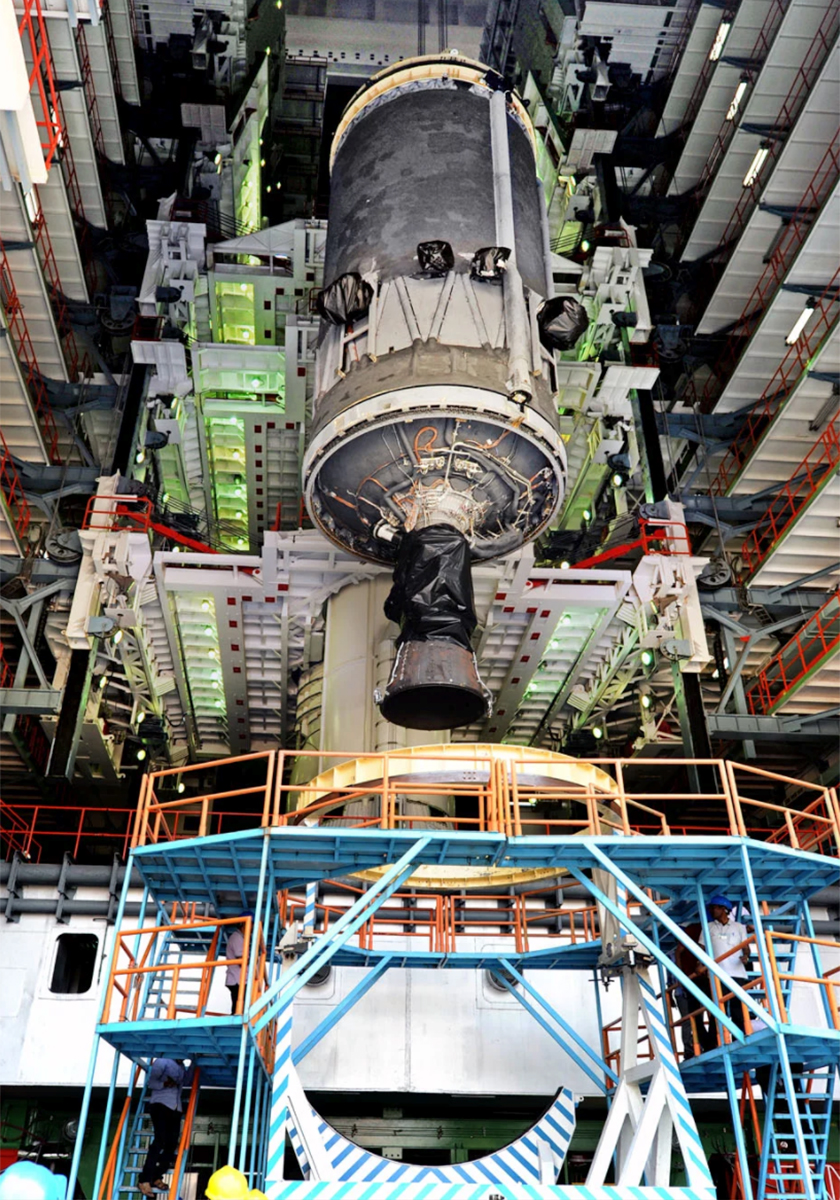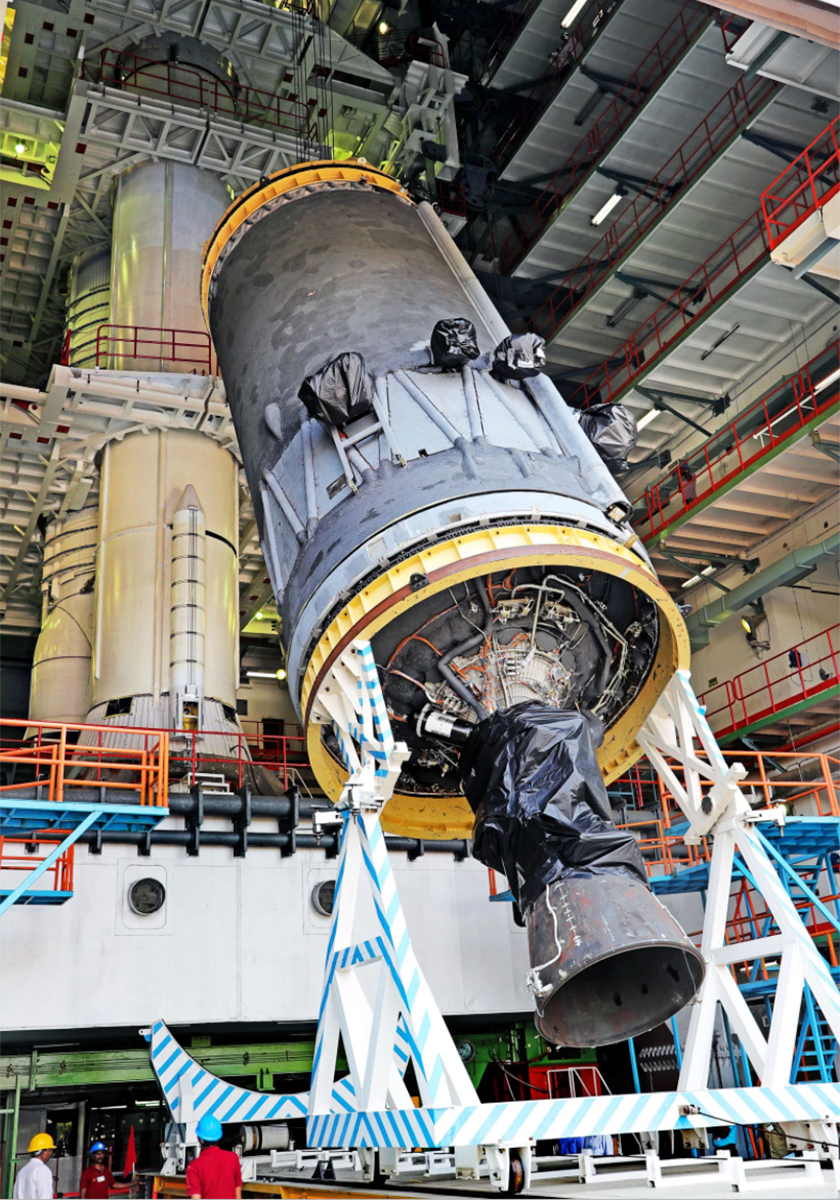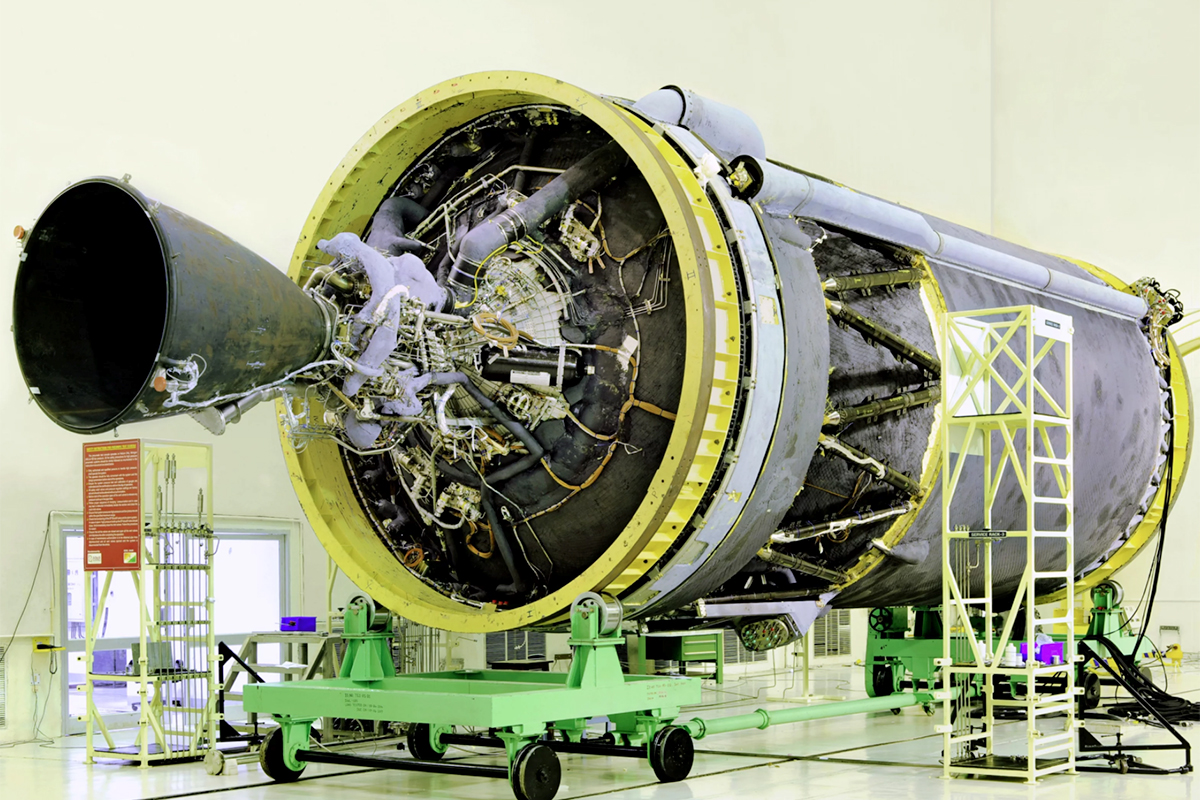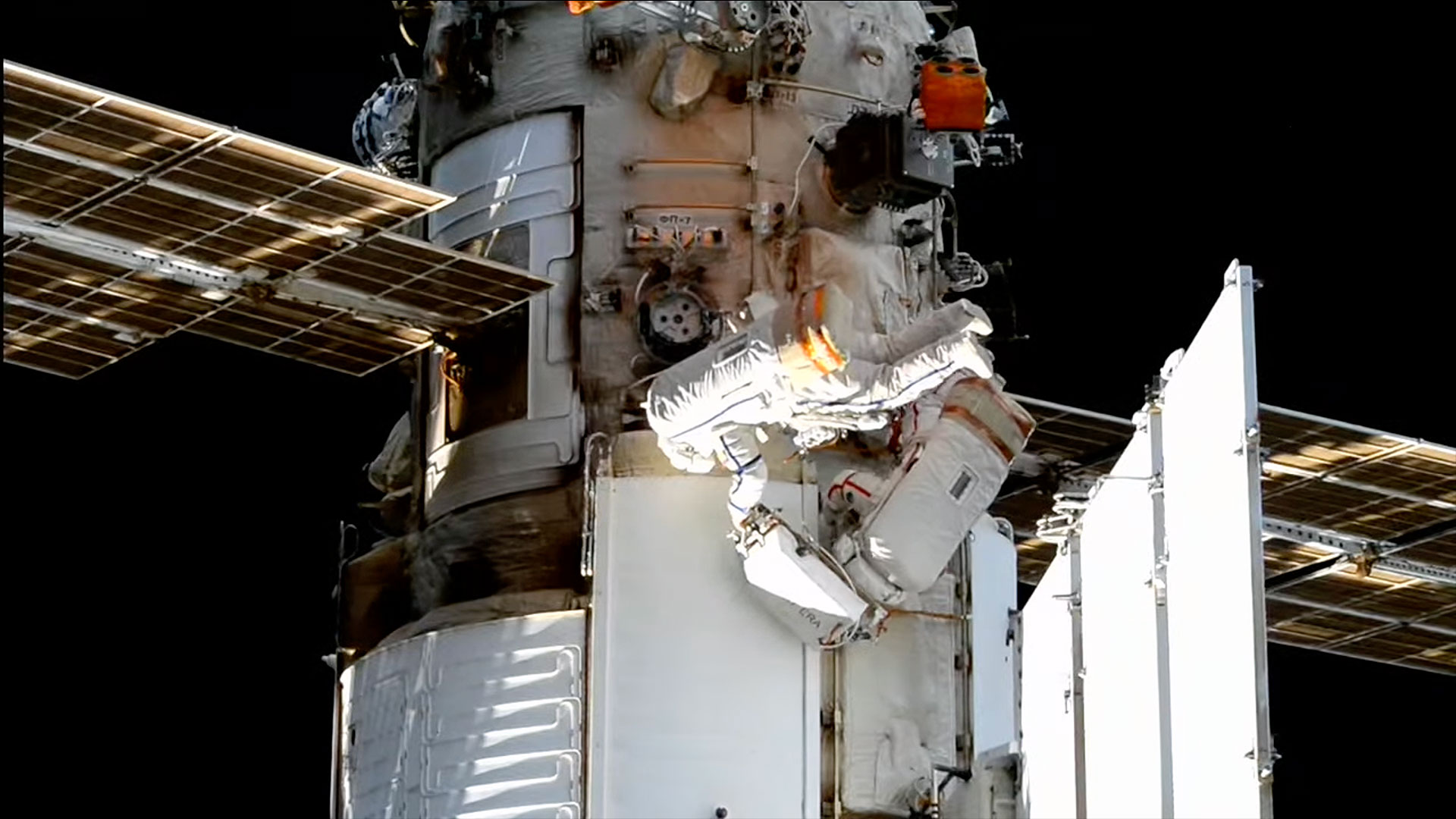In Photos: India’s Most Powerful Rocket Launches on Debut Flight
Liftoff for India's Heaviest Rocket
On June 5, 2017, the Indian Space Research Organisation (ISRO) launched its first Geosynchronous Satellite Launch Vehicle Mark III rocket from India's Satish Dhawan Space Centre Sriharikota. It marked India's heaviest and most powerful launch to date.
A Successful Launch Debut
ISRO used the GSLV Mark III rocket to launch the massive GSAT-19 satellite into orbit. Liftoff occurred at 7:28 a.m. EDT on June 5, but at the launch site the local time was 5:28 p.m. in the afternoon.
Waiting for Liftoff
India's GSLV Mark III rocket stands 141 feet tall (43 meters) and weighs 705 tons (640 metric tons) when fully loaded. Here it is seen at ISRO's "Second Launchpad" at the Satish Dhawan Space Centre in a stunning twilight view.
At the Pad
While the GLSV Mark III rocket is India's heaviest and most powerful rocket, it is not the tallest. Its predecessor, the GSLV Mark II, stands 160 feet (49 meters) tall – that's nearly 20 feet taller. This front view of the GLSV Mark III shows its squat appearance. Some Indian press reports nicknamed the rocket "Fatboy."
Twin Boosters
Helping the GSLV Mark III launch into space are two solid rocket boosters on each side of its liquid-fueled core stage. A liquid-fueled upper stage (darker segment beneath the nose cone) then boosts a satellite into orbit.
To the Launchpad
The GSLV Mark III rocket is moved out Second Launch Pad at ISRO's Satish Dhawan Space Centre.
Rolling Out
Like many launch providers and agencies, ISRO pieces its rockets together vertically in a Vehicle Assembly Building. After assembly, the GSLV Mark III rocket is moved out to the launch pad using a mobile transporter system.
Breaking space news, the latest updates on rocket launches, skywatching events and more!
Satellite, Meet Rocket
Every rocket needs a payload and here ISRO engineers are attaching the payload fairing (or nose cone) containing the GSAT-19 communications satellite to the GSLV Mark III rocket.
A New Stage of Flight
In 2014, ISRO launched an experimental version of a GLSV Mark III rocket that was never intended to reach space. It launched a suborbital flight because its upper stage was a mockup, not a real stage. Here, an actual upper stage booster is attached to the first orbital GSLV Mark III rocket.
Adding the Upper Stage
Here ISRO engineers hoist the GLSV Mark III rocket's upper stage into assembly position inside the agency's Vehicle Assembly Building at the Satish Dhawan Space Centre. The upper stage is about 44 feet (13.5 meters) tall and 13 feet (4 m) wide.
Upper Stage Prep
ISRO engineers prepare the upper stage of the GSLV Mark III rocket for launch. When fully fueled, the stage carries 28 metric tons of cryogenic liquid oxygen and liquid hydrogen propellant.
Join our Space Forums to keep talking space on the latest missions, night sky and more! And if you have a news tip, correction or comment, let us know at: community@space.com.

Tariq is the award-winning Editor-in-Chief of Space.com and joined the team in 2001. He covers human spaceflight, as well as skywatching and entertainment. He became Space.com's Editor-in-Chief in 2019. Before joining Space.com, Tariq was a staff reporter for The Los Angeles Times covering education and city beats in La Habra, Fullerton and Huntington Beach. He's a recipient of the 2022 Harry Kolcum Award for excellence in space reporting and the 2025 Space Pioneer Award from the National Space Society. He is an Eagle Scout and Space Camp alum with journalism degrees from the USC and NYU. You can find Tariq at Space.com and as the co-host to the This Week In Space podcast on the TWiT network. To see his latest project, you can follow Tariq on Twitter @tariqjmalik.
